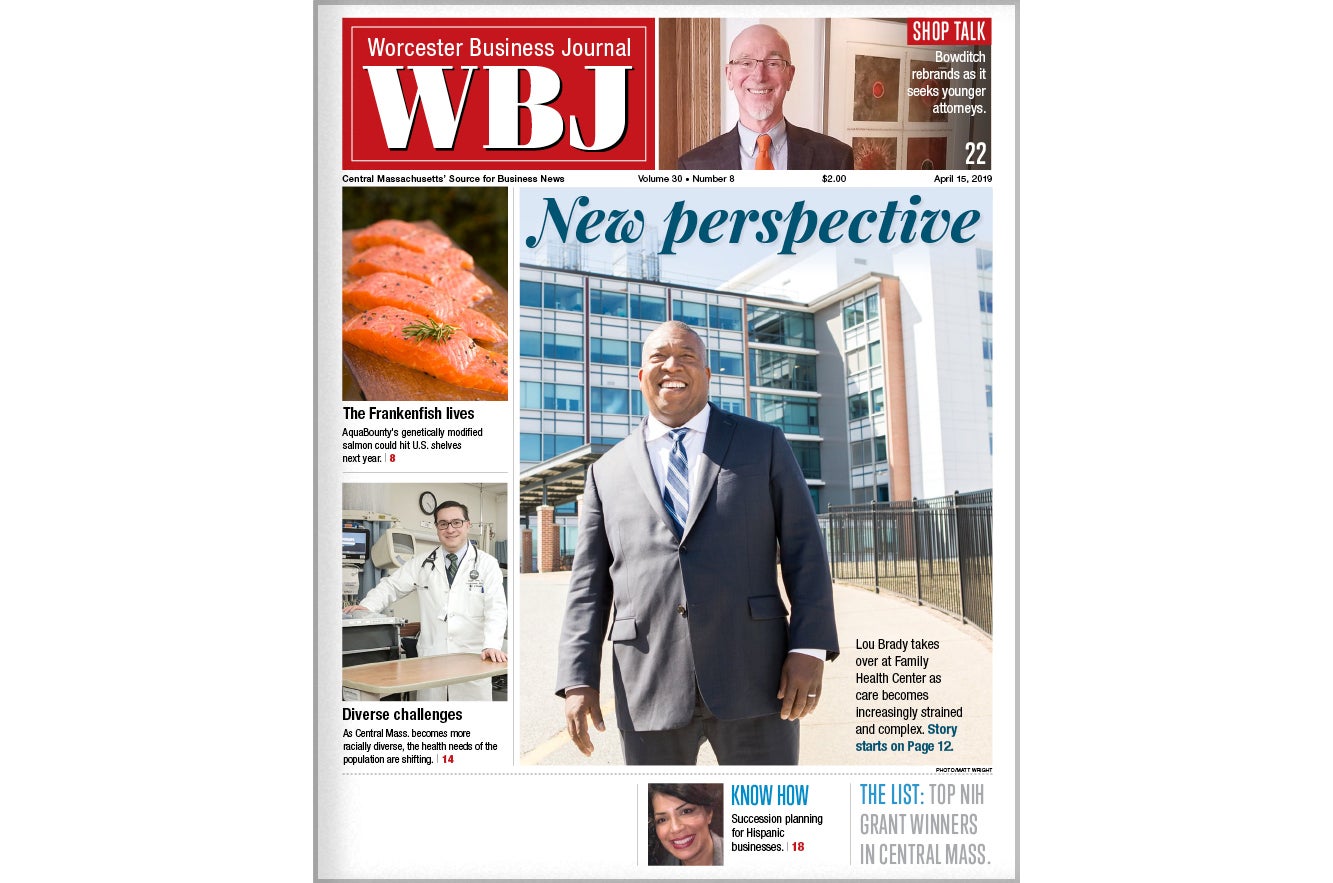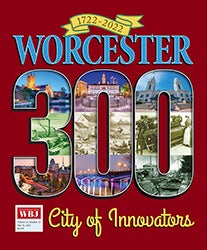Editorial: City's Two-Tax System Is Second-Rate
The single vs. dual tax rate issue is back on the table in Worcester, and we feel it's high time that it have a fair hearing.
Until very recently, the city council has not seriously considered implementing a fairer, single-rate system for the city. The reason? City councilors, fearing the wrath of the voting public, have always voted for the lowest tax rate for residential property, thereby forcing the city's commercial/industrial rate ever skyward.
We know none of the city's politicians are against business. The only problem is, they are for the lowest residential tax rate.
Since 1984, the city has had two tax rates, and the one for commercial and industrial property owners is now more than twice the rate for residential property owners.
The city's commercial/industrial property owners do not consider their high tax burden a fair price to pay for the privilege of being in Worcester... and it's costing the city money.
Consider this:
In 1984, commercial and industrial property accounted for 35.4 percent of the value of the city's total tax levy. Today, it accounts for 17.9 percent. Residential property owners are currently taxed at the minimum allowable rate of $12.54 per $1,000 of assessed value while commercial and industrial property owners are taxed at the maximum allowable rate of 26.20.
Bad From The Start
Any tax system that starts out unfair to business and is even more unfair to business 23 years hence must be changed.
The city council either doesn't understand this, or is willing to sacrifice Worcester's commercial future to the fleeting political satisfaction of keeping the residential rate artificially low. But while taxes for residents are kept low, potential commercial/industrial property owners are passing on Worcester because the city is charging too much for its product: an aging infrastructure and transportation system, unabated brownfields and a downtown in need.
And despite a relatively low residential tax rate, the two-rate system hasn't worked as intended in 15 years, according to Roberta Schaefer, executive director of the Worcester Regional Research Bureau Inc. For about eight years after the two-rate system was adopted, Worcester had lower taxes than its surrounding suburbs. Today, Worcester's residential tax rate is higher than all of its surrounding towns except West Boylston. Of those surrounding towns, only Auburn employs a two-rate tax structure, and its commercial/industrial rate is lower than Worcester's.
Only recently has the council agreed (and by the narrowest of margins) that a single-rate tax system should be looked into. Not advocated, pursued or implemented, but studied by an outside body.
The council must, as Schaefer suggests, convince the state to reimburse the city for tax revenue lost as a result of implementing a single-rate system that lightens the current commercial/industrial burden.
This doesn't have to be a shock to residential property owners. It is feasible that the gap between the two rates could be closed within the next five years.
Of course, we should point out that a dual-rate tax structure isn't automatically a death knell to businesses. Framingham, for example, has a two-rate system and a commercial/industrial tax rate of almost $30 per $1,000 of assessed value. But Framingham, unlike Worcester, has a product for which a premium may be charged: instantaneous access to all of the state's major highways, close proximity to Boston and clean, developable land sufficient for large commercial buildings and all the parking those buildings need.
There is a lot of positive growth happening in Worcester. But with its current tax rate knocking businesses off at the knees, that growth is sure to be curbed. The Worcester City Council should take decisive action once and for all on the bifurcated tax structure and approve a single rate.









0 Comments